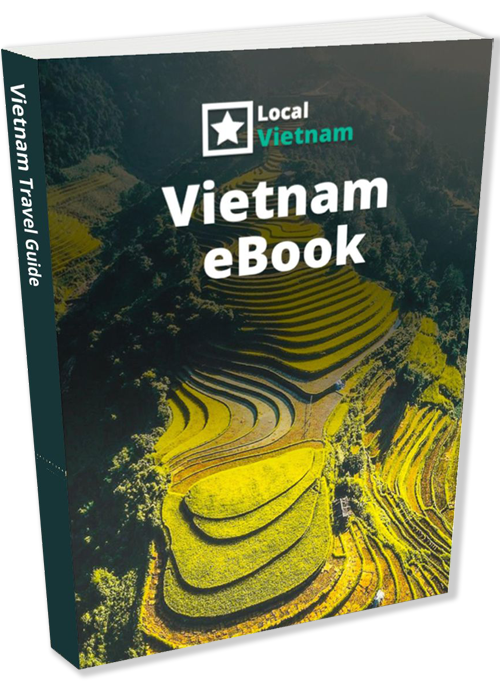How does a Vietnamese funeral work?
A Vietnamese funeral is a deeply cultural and spiritual event, reflecting the nation’s rich traditions and its emphasis on family and respect for ancestors. Rooted in influences from Confucianism, Buddhism, and Taoism, Vietnamese funerals are less about personal mourning and more about honoring the deceased’s journey to the afterlife and maintaining their presence within the family lineage.
Unlike Western funerals, which are often completed in a single day, Vietnamese funerals unfold over several days, guided by specific rituals and practices. The event typically begins with the preparation of the body and an elaborate altar at home, followed by a wake where friends and family come to pay their respects. During this period, offerings of incense, food, and symbolic items are made to ensure the deceased’s comfort in the spiritual realm.
The funeral culminates in a burial or cremation ceremony, depending on family traditions and modern preferences. However, a Vietnamese funeral does not end here. The deceased continues to play a vital role in the family’s spiritual life through regular offerings at a home altar and annual ceremonies such as the death anniversary (ngày giỗ). These acts reaffirm the enduring connection between the living and their ancestors, embodying the core values of Vietnamese culture: reverence for family, respect for tradition, and harmony between the physical and spiritual worlds.
Symbols and offerings in Vietnamese funerals
Vietnamese funerals flowers
Vietnamese funerals are rich with symbols and offerings that convey respect and aid the deceased in their spiritual journey. Flowers such as lilies, chrysanthemums, and lotuses are common, each carrying deep meanings—chrysanthemums symbolize longevity, while lotuses represent purity and enlightenment.
Vietnamese funerals gifts
Offerings like incense, joss paper (symbolic money), and monetary gifts in white envelopes are essential, reflecting respect and a wish to support the deceased in the afterlife. Guests often present these items with a slight bow, showcasing their sympathy and adherence to traditional customs.
Vietnamese funeral attire
Mourning attire in Vietnamese funerals is deeply rooted in tradition, symbolizing respect and grief. Immediate family members often wear white robes or sashes, a color associated with mourning in Vietnamese culture.
The white headband
A notable accessory is the white headband (khăn tang), worn by close family members to signify their relationship with the deceased. The placement and style of the headband vary—children may wear it differently from grandchildren or siblings, reflecting familial roles.
Dress modestly
Guests are expected to dress modestly, often in black or dark-colored clothing. Bright or vibrant colors are avoided as they are considered inappropriate for the somber occasion. Respectful behavior, such as subdued tones and gestures of condolence, is essential to honor the deceased and their family.
Vietnamese funeral customs and rituals
Vietnamese funerals are steeped in rituals that reflect respect for the deceased and cultural traditions.
Pre-funeral rites
The body is carefully prepared, often washed and dressed in traditional clothing. An altar is set up in the home or funeral space, adorned with the deceased’s photo, incense, candles, and offerings like fruits or tea. The family issues a formal death announcement, inviting relatives and friends to pay their respects.
The wake
The wake is a key part of Vietnamese funerals, where family members and visitors gather to mourn. Incense is continuously burned, prayers are recited, and condolences are offered. Close family members often stay by the altar, wearing traditional mourning attire, while guests present offerings and bow in respect to the deceased.
Burial or cremation
Traditionally, burial has been the dominant practice, with rituals such as selecting an auspicious burial site and performing ceremonies to ensure the deceased’s peaceful rest. However, cremation has gained popularity in recent years, particularly in urban areas, due to space limitations and changing cultural attitudes. Both methods are accompanied by prayers and rituals to guide the deceased’s spirit to the afterlife.
Post-funeral and mourning practices
Vietnamese mourning traditions extend far beyond the funeral itself, reflecting deep respect for the deceased and family ties.
Mourning period
The mourning period varies based on the deceased’s relationship to the mourner. Immediate family members often observe a longer period, which can last from 49 days to three years. During this time, mourners may wear subdued colors and avoid celebrations. Families may display a mourning altar at home, where they burn incense and make daily offerings.
Grave visits
Visiting the grave is an important ritual, particularly on anniversaries of the death or during special occasions like the Lunar New Year (Tet). Families clean the gravesite, burn incense, and present offerings such as food, tea, or symbolic joss paper. These acts honor the deceased and strengthen family bonds.
Annual ancestor worship ceremonies
Ancestor worship is a cornerstone of Vietnamese culture. Families hold ceremonies to honor their ancestors, often coinciding with significant dates like the death anniversary or holidays. Offerings are made at the family altar, and prayers are recited to invite the ancestors to join the family spiritually, emphasizing the continuing connection between the living and the departed.


